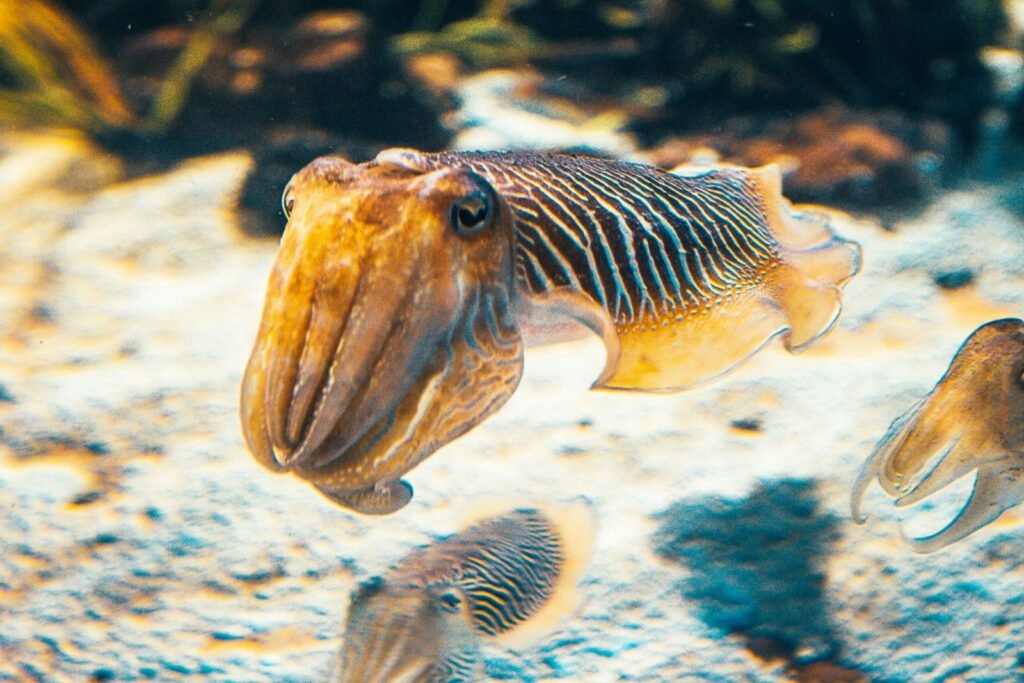Imagine slipping beneath the waves into a world that glows with colors you’ve never seen before. In this hidden realm, a fish glides through the water, watching not only the rainbow we know but also a universe of light invisible to human eyes. This isn’t a fantasy—some fish truly see what is beyond our sight, perceiving both the infrared warmth and the ultraviolet shimmer that shape their mysterious world. The story of these remarkable eyes is more than a scientific marvel; it’s a window into the astonishing ingenuity of life on Earth, and it will challenge everything you thought you knew about how animals see.
The Underwater World: A Palette Beyond Imagination
Beneath the surface of our oceans and rivers lies a living canvas painted with light that most creatures, including humans, can’t even imagine. Water absorbs and bends sunlight, filtering out certain colors and enhancing others. This unique environment has pushed some fish to adapt in wild and wonderful ways. While we see blues and greens, these fish detect colors and patterns that shimmer in ultraviolet and glow with infrared warmth. This expanded vision isn’t just a neat trick—it’s a crucial survival tool, revealing hidden prey, camouflaged predators, and even mates displaying secret signals. The underwater world is a place where seeing more literally means living longer.
The Science of Sight: How Fish Eyes Work
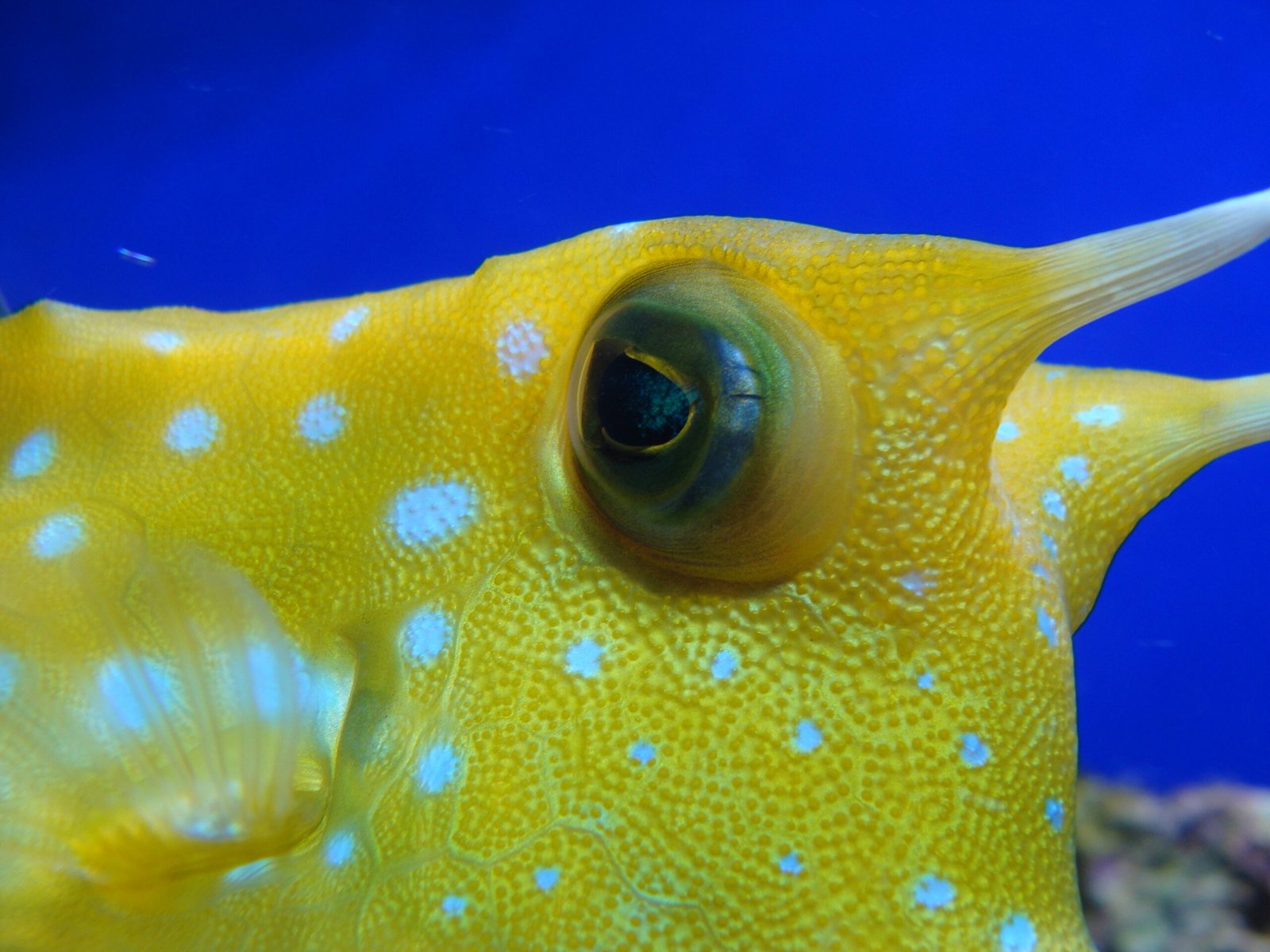
At first glance, a fish’s eye looks pretty ordinary, but inside, it’s an engineering masterpiece. Like human eyes, fish eyes rely on lenses, retinas, and specialized cells called photoreceptors. However, the arrangement and types of these cells can vary dramatically. Some fish have extra layers of cells that can detect wavelengths of light invisible to us. Their retinas are dotted with rods and cones attuned not only to visible colors but also to the ultraviolet and infrared ends of the spectrum. This means their vision is not just sharper—it’s broader, revealing details and movements that would be lost in the gloom for us.
Infrared Vision: Seeing the Heat of Life
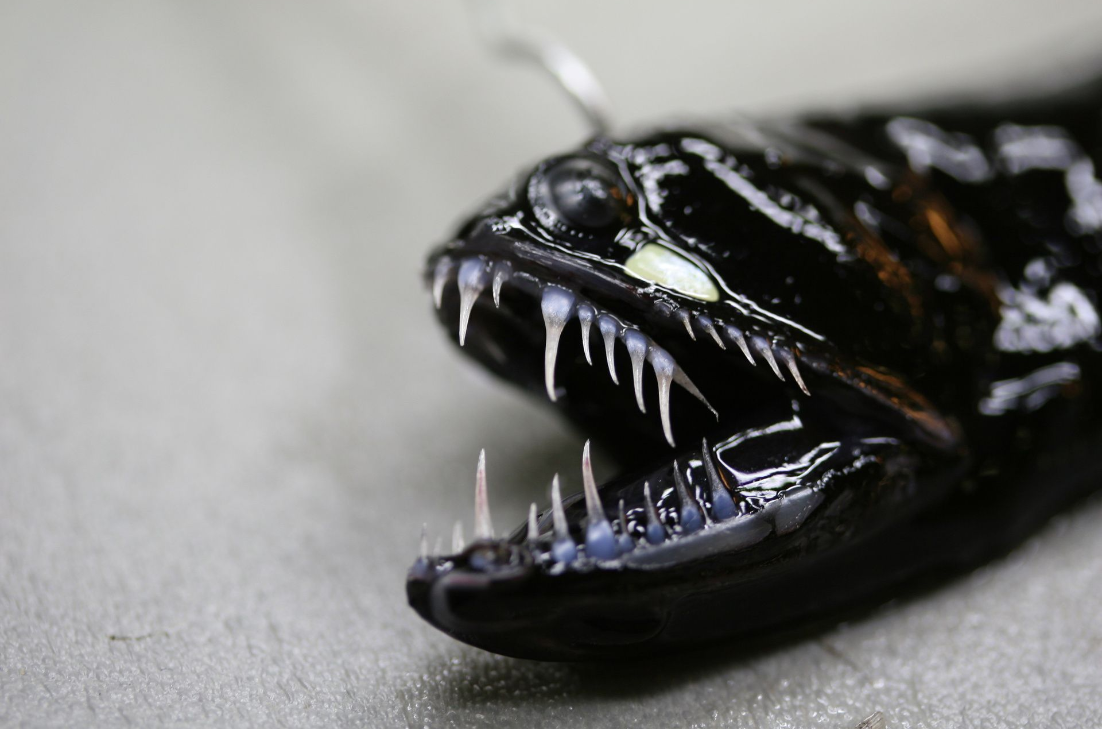
Infrared light is all about heat. While humans might feel the warmth of the sun or the coolness of a shadow, some fish can actually see temperature differences with their eyes. This ability is especially useful in murky waters or at night, where infrared can outline warm-blooded prey or reveal the faintest movements. For example, the black dragonfish is believed to use infrared-sensitive vision to hunt in the pitch-dark depths, turning the ocean’s shadows into a glowing map of opportunity. This adaptation is like having a built-in night vision camera, giving these fish a serious edge in the struggle to survive.
Ultraviolet Vision: The Hidden Patterns Revealed
Ultraviolet light is all around us, but most animals—and certainly most people—can’t see it. For many fish, though, ultraviolet sensitivity reveals a world bursting with invisible signals. Some fish use UV patterns to identify each other or display vibrant colors that only their species can see. The damselfish, for instance, sports markings on its body that are invisible unless viewed in ultraviolet light. These secret messages can help attract mates, warn rivals, or even avoid predators who can’t see UV. Imagine being able to read a message written in ink that only you can see—this is the hidden language of the ultraviolet world.
The Champions of Vision: The Mantis Shrimp and Beyond

No discussion of extraordinary fish eyes would be complete without mentioning the mantis shrimp. Though not technically a fish, its eyes are so complex they seem almost alien. Mantis shrimp can detect both ultraviolet and infrared, and they have up to sixteen types of color-receptive cones, compared to our three. This gives them vision that is not only broader but also richer and more detailed. While the mantis shrimp is the celebrity, many true fish—like the four-eyed fish and certain deep-sea dwellers—also push the limits of what’s possible. Their eyes are living proof that evolution is a master artist, sculpting organs to fit every imaginable niche.
Evolutionary Wonders: Why Such Complex Eyes?
Why would a fish need to see so much more than we do? The answer lies in competition and survival. In the underwater world, being able to spot danger, find food, or communicate secretly can mean the difference between life and death. Over millions of years, the pressure to survive has driven the evolution of eyes that are specialized for every possible challenge. Some fish have lenses that change shape to focus different wavelengths, while others adjust their photoreceptors as they grow or move between habitats. This evolutionary arms race has produced eyes that are as varied as the environments they inhabit.
Communication Through Invisible Colors
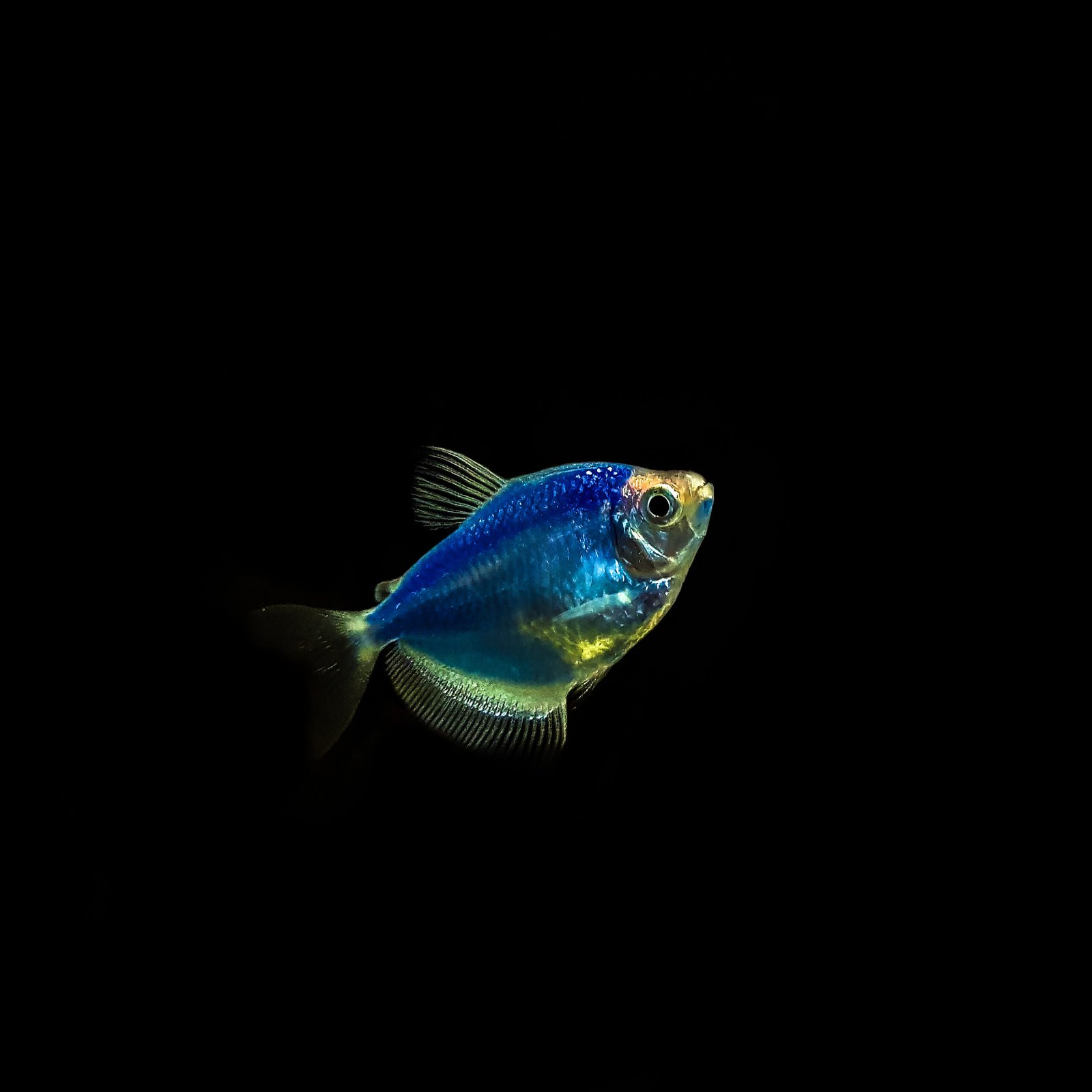
For many fish, seeing ultraviolet and infrared isn’t just about spotting prey—it’s about talking without words. Species like the guppy use ultraviolet patterns to attract the perfect mate or to signal strength and health. Some even use these hidden colors to recognize close relatives or to mark territory. Because not all predators can see these signals, using invisible wavelengths is like passing notes in class—safe, secret, and effective. This non-verbal communication system is as sophisticated as any language, yet it exists almost entirely beyond human perception.
Predator and Prey: The Visual Arms Race
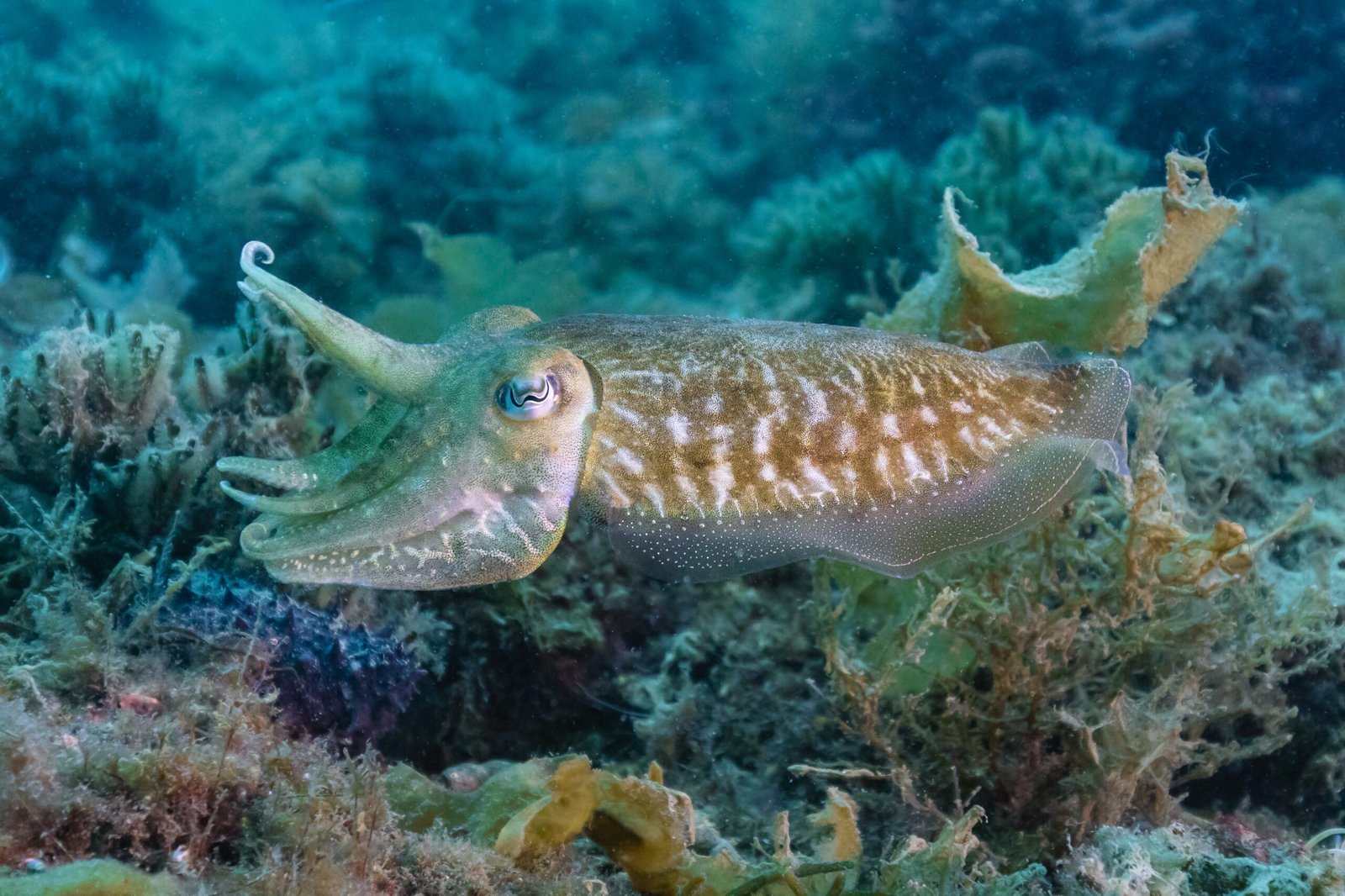
In the underwater world, vision is a constant arms race. Prey species develop new patterns and colors to hide from predators, while predators evolve eyes that can pierce through camouflage and spot the faintest movement. The ability to see in ultraviolet or infrared gives fish a critical advantage in this ongoing battle. For example, some coral reef fish use UV vision to pick out the shapes of hidden predators, while others use infrared to spot the warmth of living creatures beneath the sand. The struggle between hunter and hunted is fought not just in the open, but in wavelengths invisible to most eyes.
Human Technology Inspired by Fish Eyes
The extraordinary vision of fish has not gone unnoticed by scientists and engineers. Researchers are studying these underwater marvels to develop better cameras, sensors, and even medical imaging devices. By mimicking the layered structure and adaptive sensitivity of fish eyes, new technologies are emerging that can see in darkness, under water, or through fog. The next generation of night vision goggles or underwater drones may owe their power to the humble fish and its remarkable sight. Nature’s designs, honed over millions of years, are proving to be some of the best blueprints for technological innovation.
What We Can Learn from the Underwater World
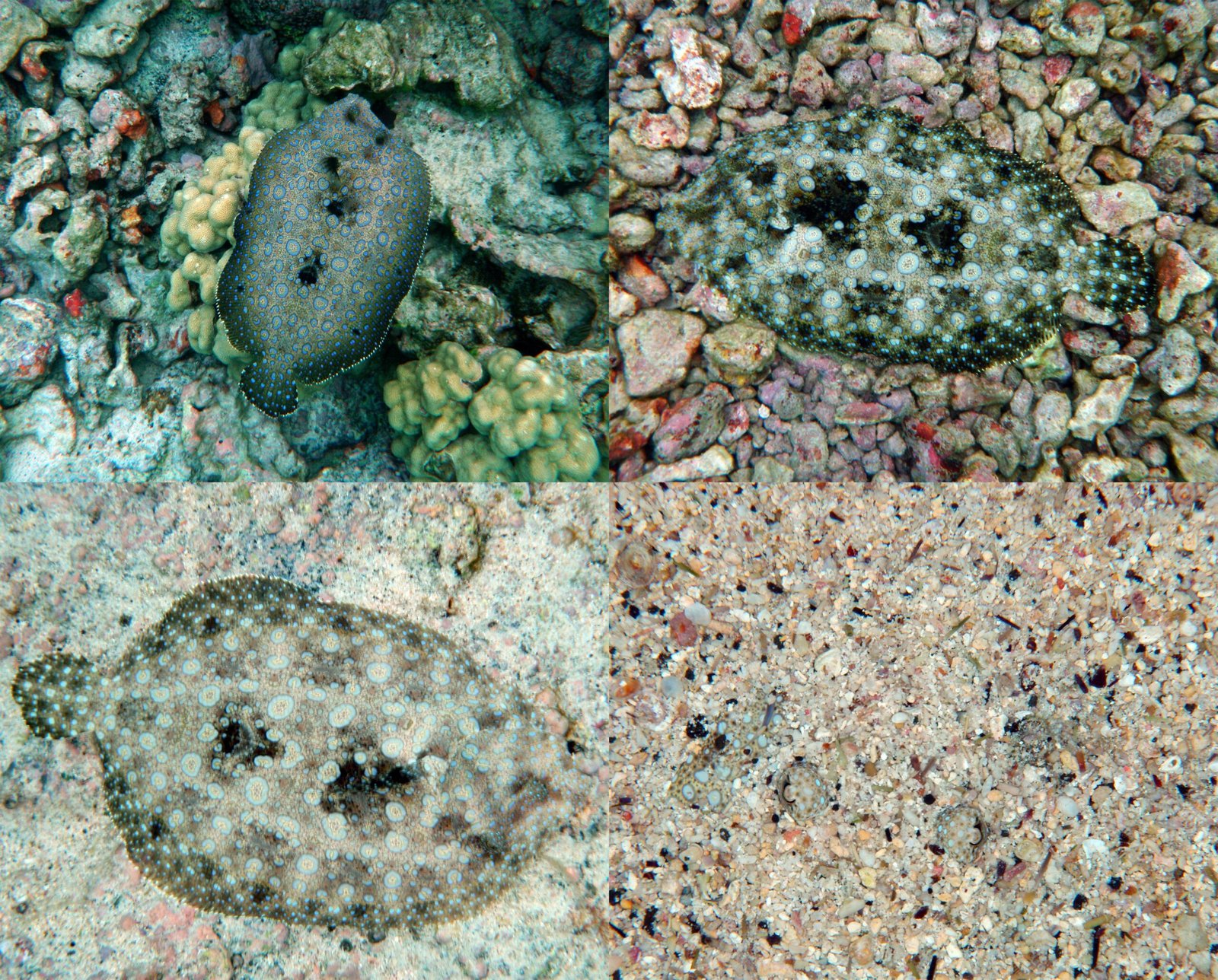
The story of fish that see the unseen challenges us to rethink the boundaries of perception. If there is so much happening in the light we can’t see, what else might we be missing in the world around us? The wonders of fish vision remind us that every creature experiences reality in its own unique way. For scientists, artists, and dreamers alike, these discoveries open up new possibilities—not just for understanding nature, but for finding inspiration in the unexpected. In the end, the most complex eyes underwater invite us to look deeper, question more, and never take the world at face value.

